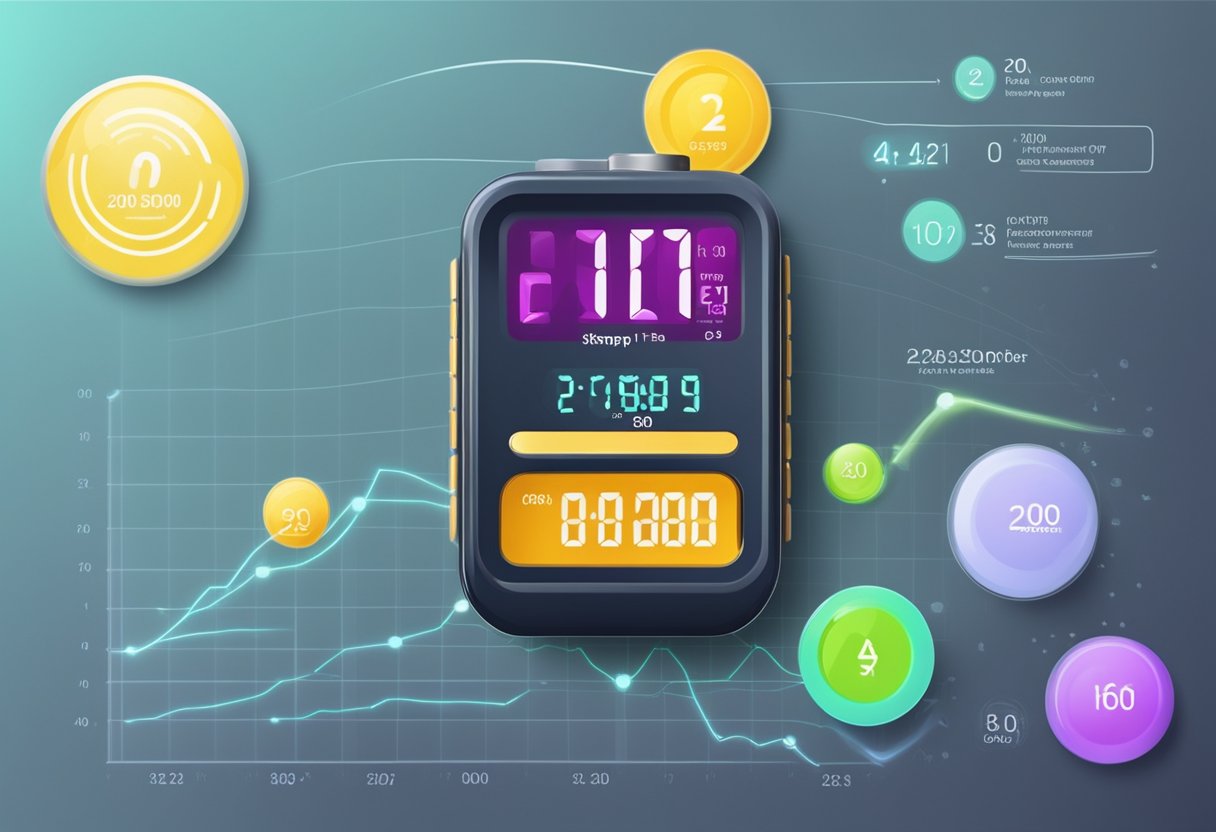Understanding Normal Pulse Rates: What Is a Normal Pulse?
This article delves into the specifics of normal pulse rates, addressing various factors that influence heart rate and what constitutes a 'normal' pulse rate for different individuals.

Defining Normal Pulse Rates
The term "normal pulse" refers to the range of heart rates that are generally considered healthy for a variety of individuals. But what exactly is considered a normal pulse? This varies with age, fitness level, medical conditions, and the situation at hand.
Normal Heart Rate Ranges
- Adults: For most adults, a normal resting pulse rate typically ranges from 60 to 100 beats per minute (BPM).
- Children: Normal pulse rates for children vary significantly: 70 to 120 BPM for toddlers, and 60 to 100 BPM for school-aged children.
- Athletes: Highly trained individuals may have a resting pulse rate as low as 40 BPM, reflecting their cardiovascular efficiency.
Factors Influencing Normal Pulse Rate
Several factors can influence what is considered a normal pulse for an individual:
- Age: As mentioned, pulse rates vary with age. Older adults might experience a higher resting heart rate due to natural declines in cardiac efficiency.
- Fitness Level: Regular physical activity strengthens the heart, allowing it to pump more blood with each beat, resulting in a lower resting heart rate.
- Medical Conditions: Conditions such as hyperthyroidism, fever, or anemia can increase heart rate, while heart disease may diminish heart rate response.
- Stress and Emotions: Anxiety and excitement can cause temporary increases in heart rate, while relaxation techniques can decrease it.
- Medications: Certain medications can slow heart rates (beta-blockers) or increase them (stimulants).
When to Seek Medical Advice
Understanding what is a normal pulse is useful, but it's equally important to know when to be concerned. You should consult a healthcare provider if:
- Your resting pulse consistently exceeds 100 BPM (tachycardia).
- Your resting pulse is less than 60 BPM (bradycardia) without being an athlete.
- You experience symptoms such as dizziness, shortness of breath, or chest pain alongside abnormal pulse rates.
Measuring Your Pulse
Measuring your pulse is straightforward and can be done in a few simple steps:
- Find your pulse either on your wrist (radial artery) or neck (carotid artery).
- Use your fingers to press gently on the area until you feel the pulse.
- Count the number of beats for 15 seconds and multiply by 4 to get your BPM.
Conclusion
So, "was ist ein normaler puls?" A normal pulse for most adults ranges from 60 to 100 BPM, but individual factors play a crucial role in determining what is normal for you. Understanding your pulse and its variations can help you monitor your overall cardiovascular health.
If you have concerns about your heart rate or how it might impact your health, don't hesitate to reach out to a healthcare professional for guidance.
New posts

Effective Strategies to Lower Blood Pressure
Fitness

Navigating Low Blood Pressure and High Pulse: Key Insights
Wellness

Combatting Fatigue from Low Blood Pressure: Causes and Solutions
Lifestyle

Understanding Low Blood Pressure at Night: Causes, Symptoms, and Management
Wellness

Understanding Ruhepuls 60: A Guide to Optimal Heart Rate
Fitness

Understanding Ruhepuls 45: The Ideal Resting Heart Rate for Your Health
Fitness

Low Blood Pressure and Trembling: Understanding the Connection
Wellness

Understanding Normal Pulse Pressure: What You Need to Know
Lifestyle

Understanding Normal Pulse Rates: What Is a Normal Pulse?
Fitness

Understanding Pulsdruck: Key Insights into Your Blood Pressure Dynamics
Wellness
Popular posts

Understanding Low Diastolic Blood Pressure: Causes, Risks, and Management
Wellness

Understanding Low Diastolic Blood Pressure: Causes and What to Do
Wellness

Understanding Puls Unter 60: When Low Heart Rates Become Concerning
Fitness

Understanding Low Blood Pressure Symptoms in Men
Wellness

Understanding the Ruhepuls Tabelle: A Comprehensive Guide
Fitness

Low Blood Pressure and Trembling: Understanding the Connection
Wellness

Understanding Ruhepuls 50: What It Means for Your Heart Health
Fitness

Understanding Normal Pulse Pressure: What You Need to Know
Lifestyle

Understanding Low Blood Pressure and Its Effect on Vision Disturbances
Health

Understanding Wrist Blood Pressure Monitoring: A Comprehensive Guide
Wellness